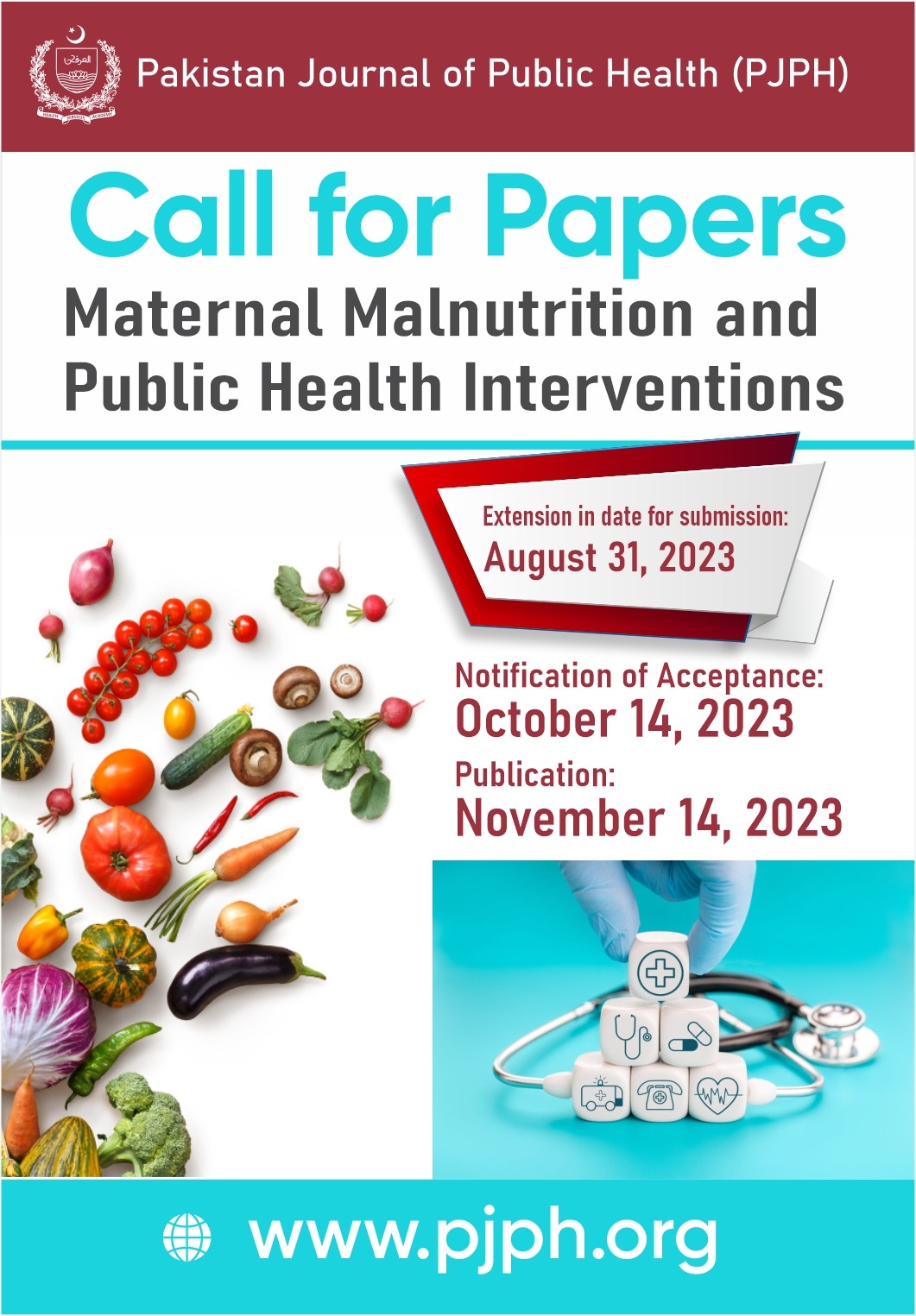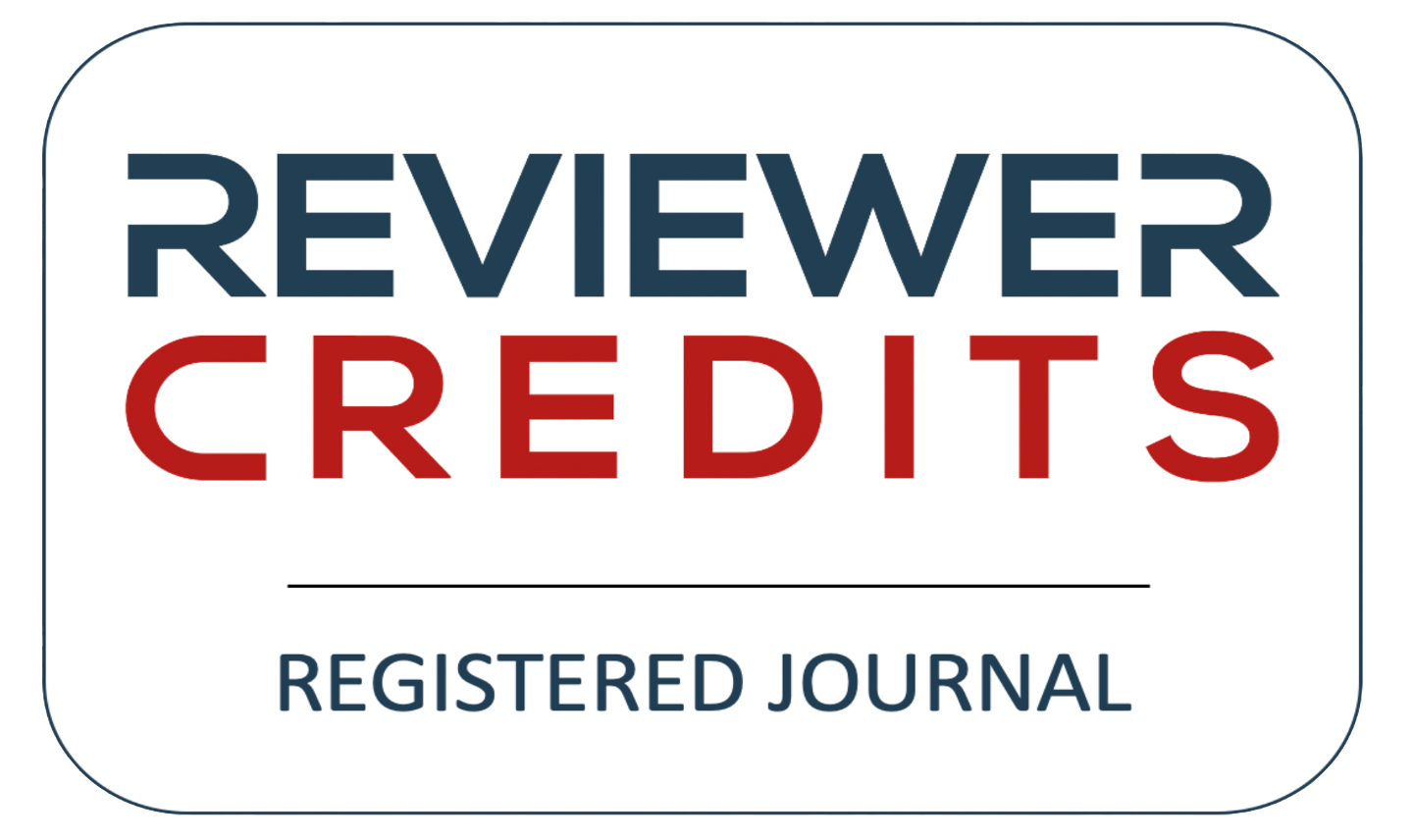SELF-MEDICATION PRACTICES AND PERCEPTIONS AMONG UNDERGRADUATE MEDICAL STUDENTS OF MULTAN MEDICAL & DENTAL COLLEGE, MULTAN
DOI:
https://doi.org/10.32413/pjph.v7i1.26Keywords:
Self-medication, practices, perceptions, college studentsAbstract
Background: Self-medication can be defined as "the drugs which are used to treat self-diagnosed disorders or indications, or the irregular or continued use of a prescribed drug for persistent or recurrent disease or symptoms."
Methods: A descriptive cross sectional study was performed to understand the perceptions and practices about self-medication among students admitted to one of medical colleges in Pakistan located in Multan. A structured Questionnaire was distributed to the consenting students. The data were coded, entered and analyzed by using the Statistical Package for Social Science (SPSS) version 20.0. Out of 95 medical students 47.7% (n=45) were males and 52.3% (n=55) were females.
Results: Among participants, self-medication was found in 98% (n=93) cases. Among self-medication respondents, more than 50% treated themselves only once while 32% twice, 12% thrice and only 2.1 % more than thrice. Self-medication was equally common in 3rd year, fourth year and final year medical students. While 24.2% of respondents perceived as a good practice, 42.1% took it as an acceptable practice while33.7% were of opinion that it was a totally unacceptable practice. The study revealed different reasons for self-medication and found that the most common reason was non-seriousness of disease i.e 43.2%, followed by convenience / time factor 42.1%, Cost saving 13.7% and least one was the non-availability of physician 1.1% . Regarding the use of drugs, antibiotics were the most common class used as self-medication 27.4%, followed by anti allergics 23.2%, vitamins 17.9%, pain killers 16.8% and antacids in 14.7 % cases.
Conclusion: The study results indicate that Self-medication was common among medical students from clinical classes and most of students treated themselves at least once.






